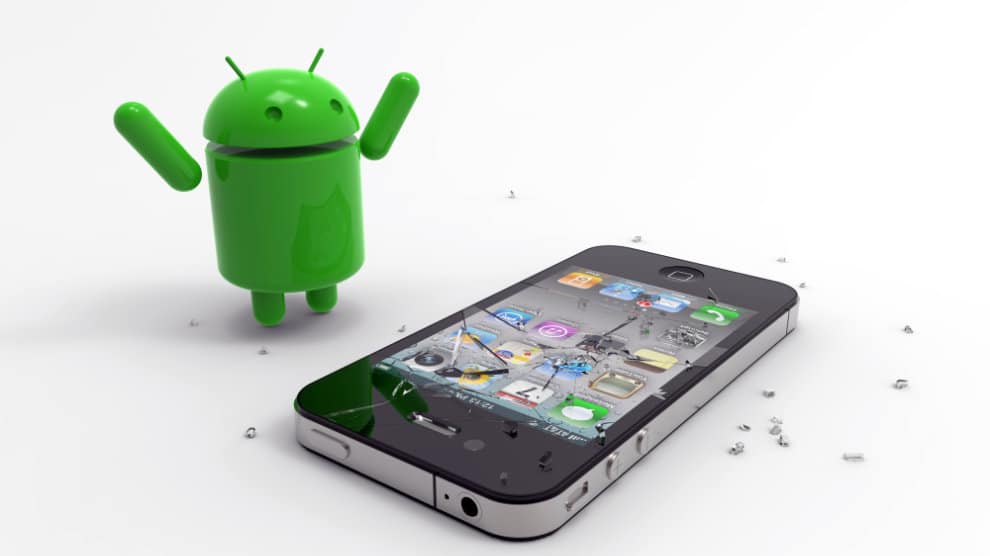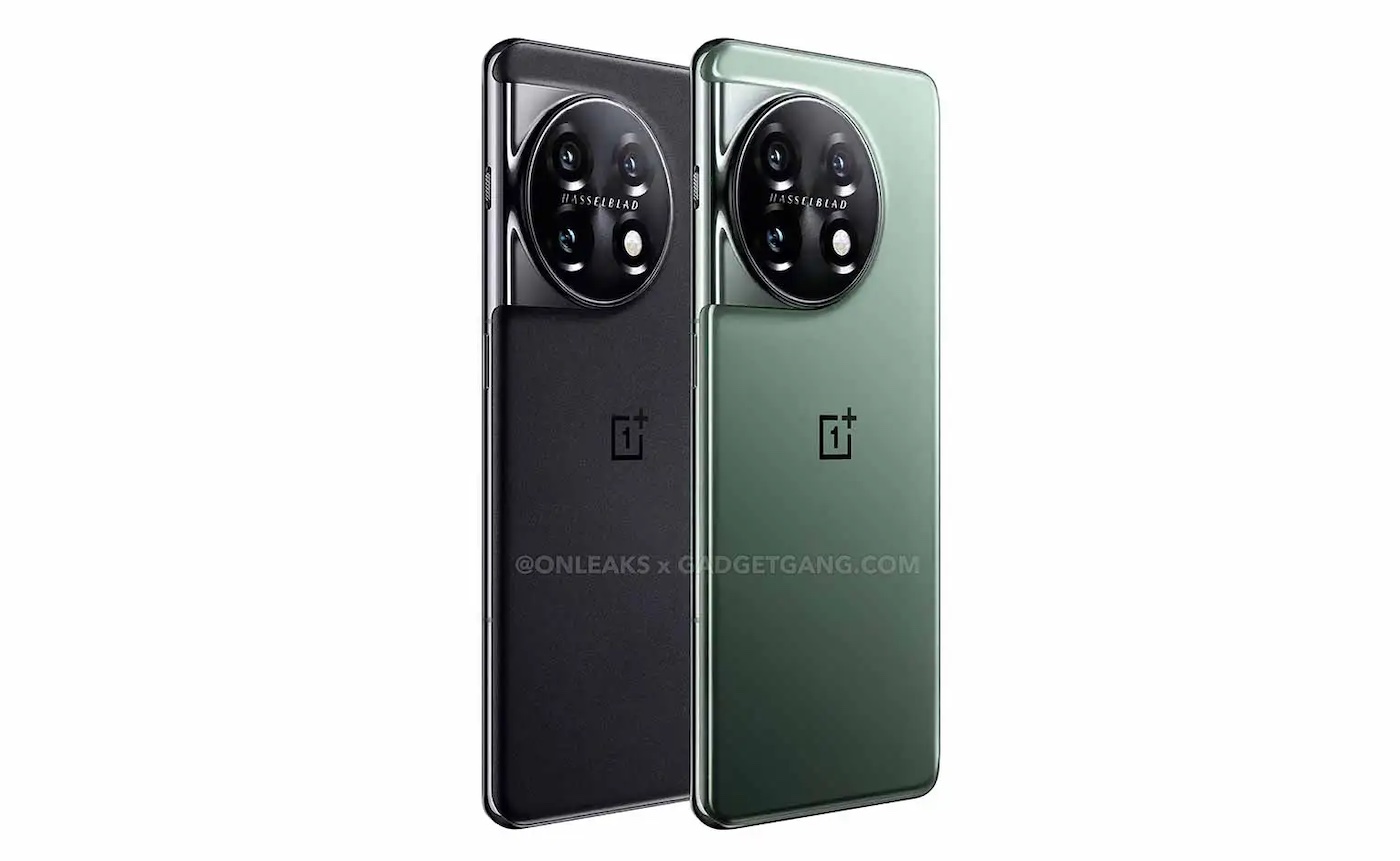iPhone vs Android: why is it always the same who wins in the end?
Why don’t iPhones compete with Android smartphones?
When choosing a smartphone, the majority of people will choose the cheapest, the one offered with their operator’s loyalty points or with their new package. But there are also users who choose a device for all its qualities, its price of course, but also its operating system and its “philosophy”. Since the abandonment of Windows Mobile, the market has been split into two: Android devices and iPhones under iOS.
You certainly know that Android is not a manufacturer. This is the name of a free Unix-based operating system purchased by Google in 2005 and has been continuously improved ever since. On the other side, there is the giant Apple, which came back from the world of the dead in the early 2000s with the return of Steve Jobs and his various strokes of genius to bring back the slope to the company he had created in 1976. .
So, Android or iOS? These are two opposing philosophies, but before talking about that, we will first list the qualities and defects of each.
Qualities though…
First, iPhones are the best-selling second-hand devices. The discount of Android devices is even maddening: the Galaxy S or the high-end Google Pixel are taken -50% slaps on the price of new in less than 6 months, while iPhones will only see their rating drop by -16% over the same period. Blame it on fierce competition, because between the flagships of Sony, Xiaomi, OnePlus, Oppo, Samsung, Asus, Vivo or Honor, there are a lot of devices on the market. iPhones, only Apple produces them…
This is also Apple’s other strong point: you buy a smartphone, but also everything that goes around it: iCloud, iTunes, etc. It’s a whole ecosystem and that reassures the user. Similarly, iPhones are less victims of malware: the code is closed, it is impossible to install uncontrolled applications, there are fewer devices and Apple offers security patches faster and longer than with the neighbor .
So much for the qualities… Let’s now attack the faults.
It doesn’t look like it, but between Android 12 and iOS 16 there is a world of difference…
A brand that puts barriers around you
As we just mentioned, when you buy an iPhone, you are in a service system. Once you’re in, it’s hard to get out. It’s not impossible, but recovering all their data to transfer them elsewhere is not easy for the average user who will choose to renew their Apple device rather than change creameries. Note then that if Apple is the only one to manufacture iPhone, you do not have the real choice in terms of hardware while it is very varied with Android. Between an entry-level Xiaomi at €120 and a Sony Xperia Pro-I at €1800, there is a whole range of devices at the little green robot. iPhones are also very expensive. Very expensive compared to the competition (from €529 for the “small” iPhone SE to €1,259 for the iPhone 13 Pro Max), but also very expensive compared to its technical data sheet. A €900 iPhone won’t be “twice as good” as a €450 Android smartphone. iPhones are also far behind when it comes to fast charging: 26 W against standard charges of 33 W and up to 120 W in champions). Apps from the App Store are also more rarely free than those from the Play Store.
A closed universe
But for us, it’s the closed side of the iPhone that is ‘elimination’. With an iPhone, everything is calibrated: you cannot customize the launcher as you would like, impossible to change the icons or place widgets where you want. Want to transfer a file from the smartphone to your computer? You will need software to do this and even if things seem to be moving with the upcoming adoption of USB-C, you’ll also need that damn proprietary Lightning cable.
A closed system means that the source code is not scannable. You have to trust Apple when it tells you your files are safe or your location isn’t recorded. If you want to develop an iOS application, you can’t do it “as an amateur” like on Android. And since Apple wants to control everything, you will have to be patient.



